Recombinant Human BMP4 Protein, Ser293-Arg408
| Cat.No. : | BMP4-24H |
| Product Overview : | Recombinant human BMP-4 protein (Ser293-Arg408) without tag was expressed in Mouse myeloma cell line. |
- Specification
- Gene Information
- Related Products
- Case Study
- Application
- Download
| Species : | Human |
| Source : | Mouse myeloma cell |
| Protein Length : | Ser293-Arg408 |
| Description : | This gene encodes a secreted ligand of the TGF-beta (transforming growth factor-beta) superfamily of proteins. Ligands of this family bind various TGF-beta receptors leading to recruitment and activation of SMAD family transcription factors that regulate gene expression. The encoded preproprotein is proteolytically processed to generate each subunit of the disulfide-linked homodimer. This protein regulates heart development and adipogenesis. Mutations in this gene are associated with orofacial cleft and microphthalmia in human patients. The encoded protein may also be involved in the pathology of multiple cardiovascular diseases and human cancers. |
| Form : | Disulfide-linked homodimer |
| Bio-activity : | Measured by its ability to induce BMP responsive SEAP reporter activity in HEK293 human embryonic kidney cells. The ED50 for this effect is 0.70-7.00 ng/mL. Measured by its ability to induce alkaline phosphatase production by ATDC5 mouse chondrogenic cells. The ED50 for this effect is 3.00-30.0 ng/mL. |
| Molecular Mass : | Predicted Molecular Mass: 13 kDa (monomer) SDS-PAGE: 19-24 kDa, reducing conditions, 35-41 kDa, non-reducing conditions |
| Endotoxin : | < 0.01 EU/μg by LAL |
| Purity : | > 95%, by SDS-PAGE visualized with Silver Staining and quantitative densitometry by Coomassie® Blue Staining. |
| N-terminal Sequence Analysis : | Ser293 |
| Storage : | Use a manual defrost freezer and avoid repeated freeze-thaw cycles. 12 months from date of receipt, -20 to -70 centigrade as supplied. 1 month, 2 to 8 centigrade under sterile conditions after reconstitution. 3 months, -70 centigrade under sterile conditions after reconstitution. |
| Storage Buffer : | Lyophilized from a 0.2 μm filtered solution in Acetonitrile and TFA with BSA as a carrier protein. |
| Shipping : | The product is shipped at ambient temperature. |
| Reconstitution : | Reconstitute at 50-200 μg/mL in sterile 4 mM HCl containing at least 0.1% human or bovine serum albumin. |
| References : | 1. Zhang, P. et al. (2008) Blood 111:1933. 2. Gambaro, K. et al. (2006) Cell Death Differ. 13:1075. 3. Simic, P. and S. Vukicevic (2005) Cytokine Growth Factor Rev. 16:299. |
| Gene Name | BMP4 bone morphogenetic protein 4 [ Homo sapiens (human) ] |
| Official Symbol | BMP4 |
| Synonyms | BMP4; bone morphogenetic protein 4; ZYME; BMP2B; OFC11; BMP2B1; MCOPS6; bone morphogenetic protein 4; bone morphogenetic protein 2B |
| Gene ID | 652 |
| mRNA Refseq | NM_001202 |
| Protein Refseq | NP_001193 |
| MIM | 112262 |
| UniProt ID | Q53XC5 |
| ◆ Recombinant Proteins | ||
| Bmp4-324M | Recombinant Mouse Bmp4 Protein, His-tagged | +Inquiry |
| BMP4-20H | Recombinant Human Bone Morphogenetic Protein 4 | +Inquiry |
| Bmp4-578TM | Recombinant Murine BMP4 | +Inquiry |
| BMP4-23H | Recombinant Human Bone Morphogenetic Protein 4 | +Inquiry |
| BMP4-570P | Recombinant Pig BMP4 protein, His-tagged | +Inquiry |
| ◆ Cell & Tissue Lysates | ||
| BMP4-8431HCL | Recombinant Human BMP4 293 Cell Lysate | +Inquiry |
| BMP4-8432HCL | Recombinant Human BMP4 293 Cell Lysate | +Inquiry |
Case 1: Gieseler GM, et al. Biotechnol Rep (Amst). 2018
Biologically active human BMP-4 was produced in E. coli. The process involved cloning hBMP-4 cDNA into E. coli, leading to the production of the protein in an inactive form. After solubilization, the protein was refolded in vitro by rapid dilution. Various conditions were tested to achieve proper dimerization, focusing on pH, protein concentration, and aggregation suppressors, while redox conditions and ionic strength had minimal effect. The resulting dimer was purified through cation-exchange chromatography and proved to be active, inducing differentiation in human stem cells.
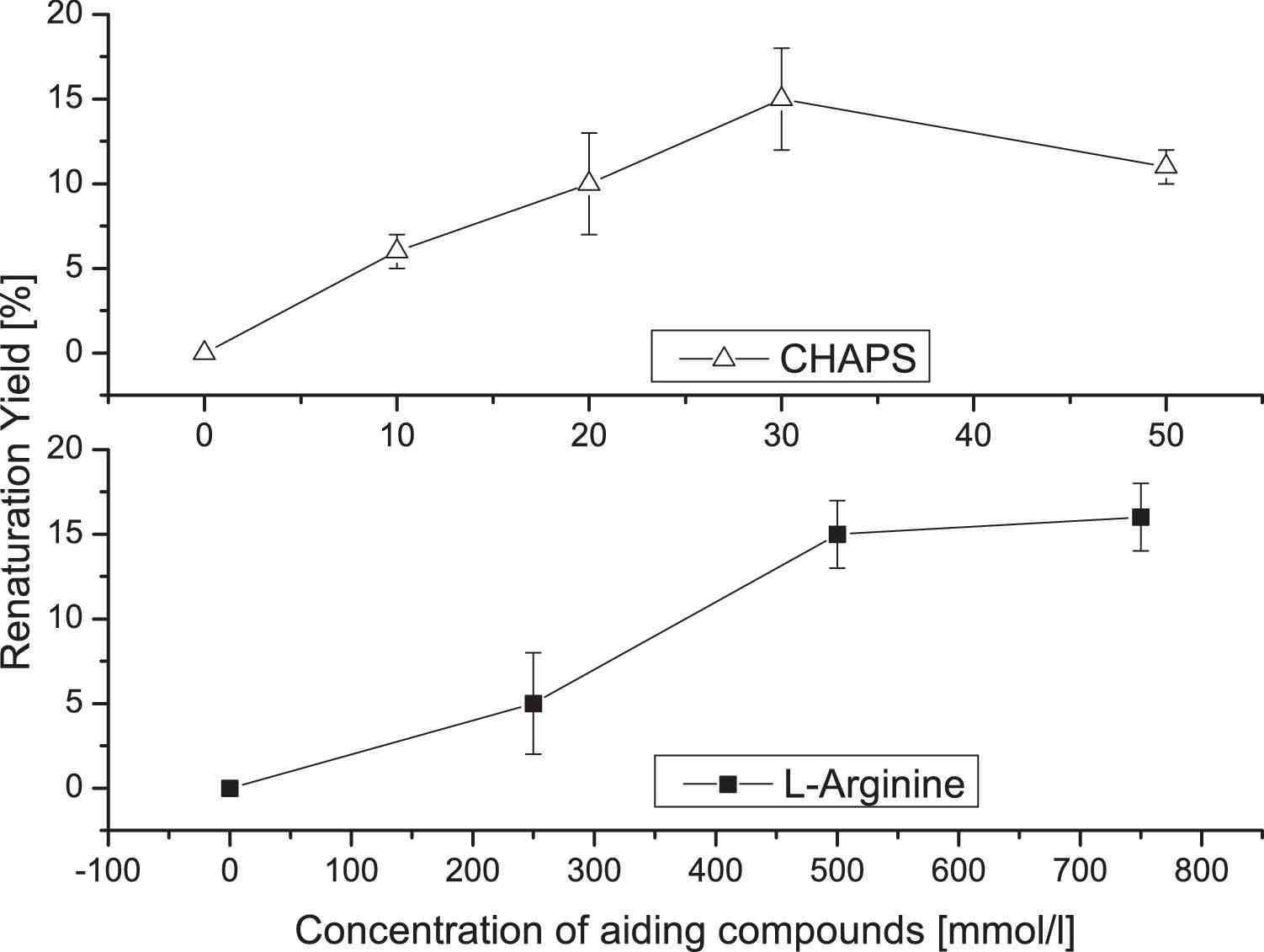
Fig1. Effect of different aiding compounds on the in-vitro dimerization of rhBMP-4.
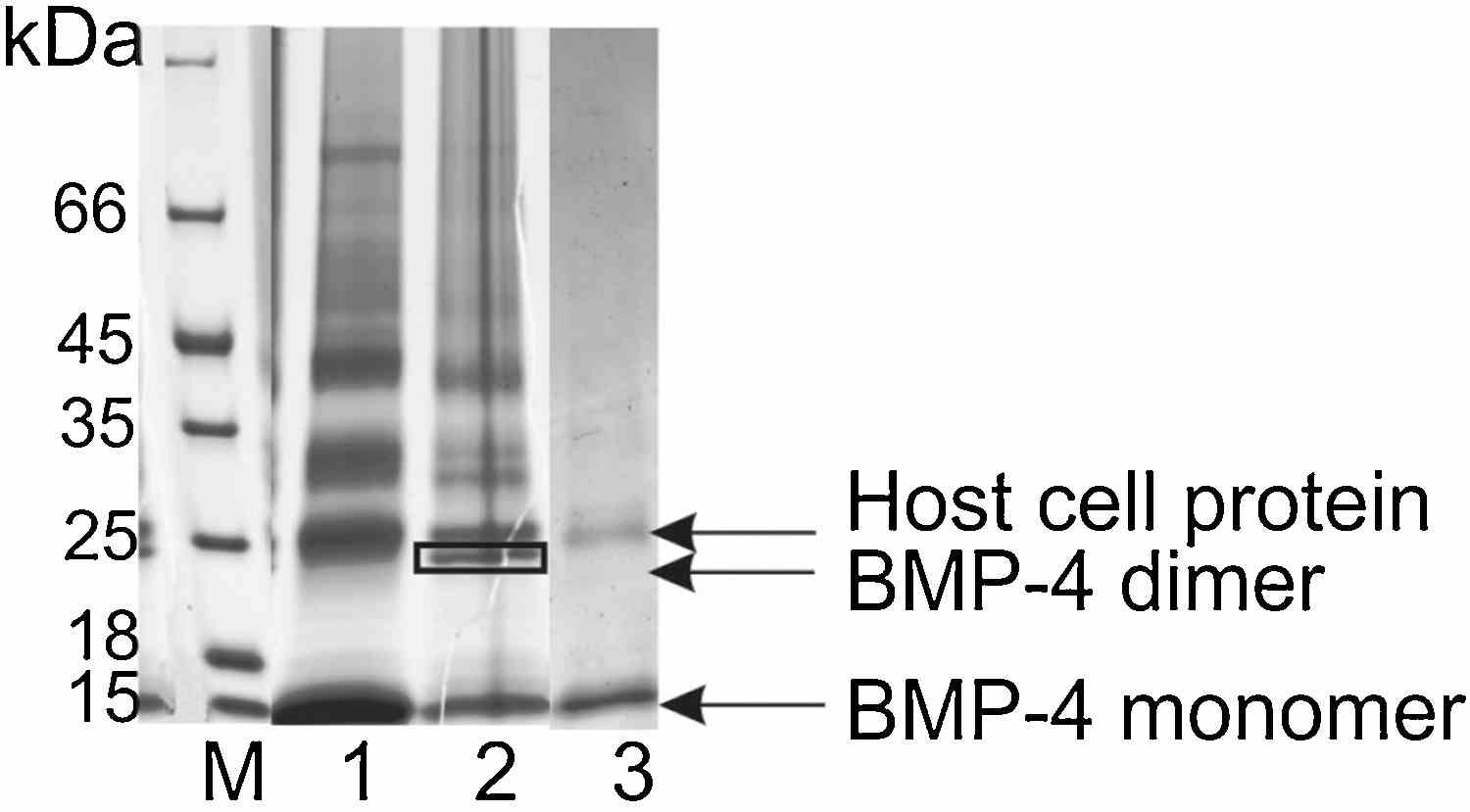
Fig2. Coomassie-stained, non-reduced SDS-PAGE showing the refolding process to rhBMP-4 dimer.
Case 2: Rezzola S, et al. Angiogenesis. 2019
BMP4 aids blood vessel formation. Its link with VEGFR2 was examined. BMP4 makes VEGFR2 move and get activated on cell surfaces without directly linking to it. Instead, BMP4 interacts with other proteins to get c-Src going, which then turns on VEGFR2. Blocking these interactions stops this process. Our study shows BMP4 supports blood vessel development by getting VEGFR2 activated in a roundabout way.
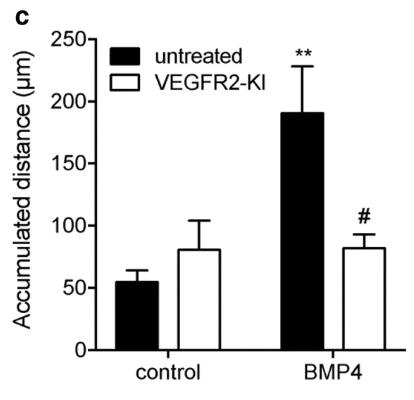
Fig1. HUVECs were stimulated with 50 ng/mL BMP4 with or without 20 nM VEGFR2-KI and cell motility was assessed.
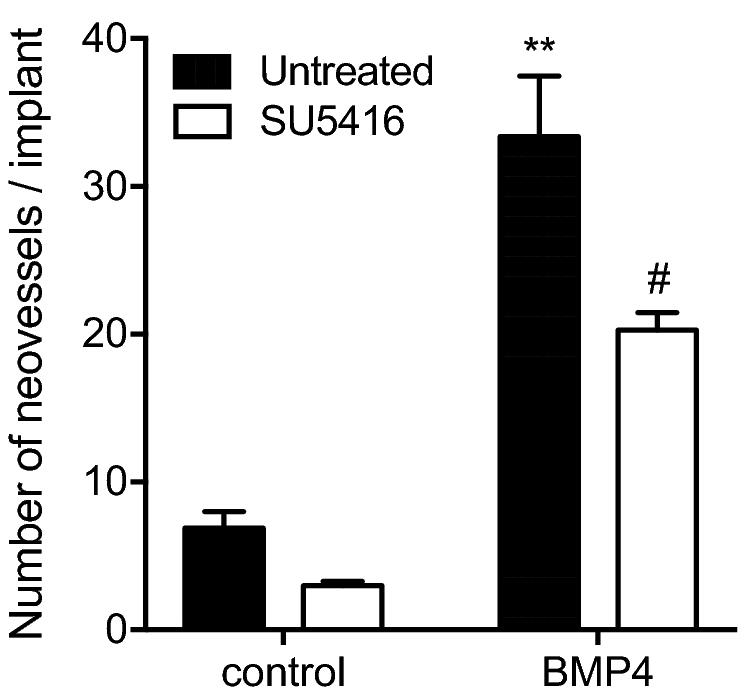
Fig2. Alginate beads containing vehicle or 100 ng of BMP4 were implanted on the top of chick embryo CAMs at day 11 of development.
Recombinant Human BMP4 (rhBMP4), part of the TGF-beta family, plays a big role in many biological activities, making it important in research and industry.
Researchers rely on rhBMP4 to study its part in embryo development, tissue repair, and bone growth. It's known for pushing various cells towards becoming cartilage and bone. Scientists also look into how BMP4 might cause blood vessels to calcify, which is a concern in diseases like atherosclerosis. In labs, rhBMP4 is tested for its biological effects, such as promoting alkaline phosphatase in mouse bone cells, giving clues about bone formation.
RhBMP4 is produced for drug development in the fields of regenerative medicine and tissue engineering. It's considered a potential treatment for cartilage and bone repair because it promotes their growth. With high purity and low toxins, rhBMP4 fits well in lab studies and large-scale production. Quality certifications, like ISO9001 and ISO13485, ensure consistency and reliability, which is crucial for its use in clinical and commercial environments.
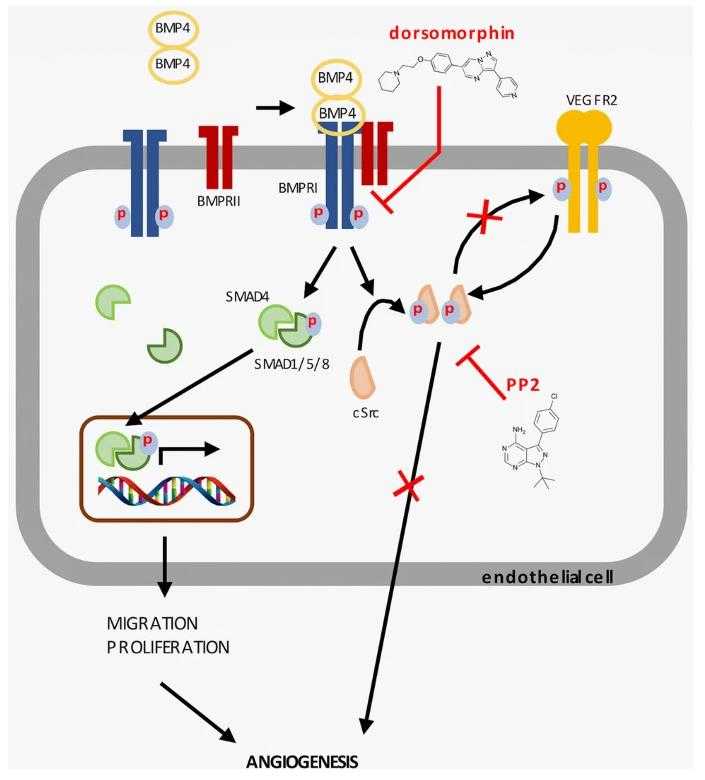
Fig1. BMP4 interacting with BMPRI/BMPRII complex mediates c-Src activation, which, in turn, phosphorylates and activates VEGFR2 eventually leading to angiogenesis. (Sara Rezzola, 2019)
Not For Human Consumption!
Inquiry
- Reviews
- Q&As
Ask a Question for All BMP4 Products
Required fields are marked with *
My Review for All BMP4 Products
Required fields are marked with *
Inquiry Basket


